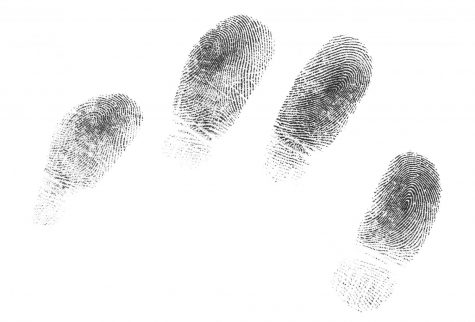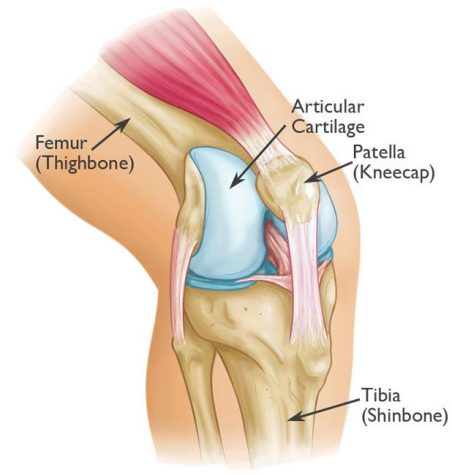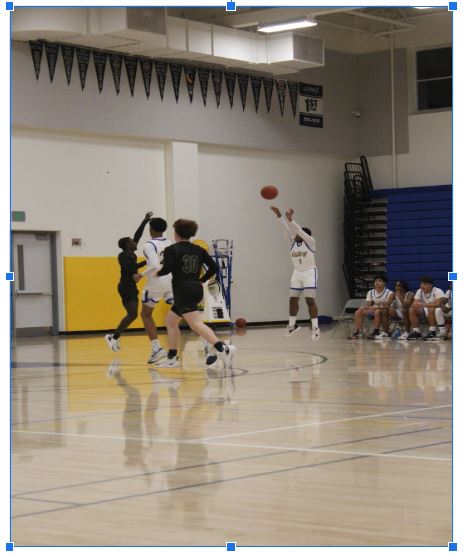Random Thoughts
February 28, 2020
1. Why do humans have fingerprints?
If you look at your hand you can notice that your entire hand is covered in the same ridges as your finger that forms your fingerprint. When I thought about why you have them, I automatically thought it was for friction so that when you grab something it doesn’t slide out of your hand. When I went online to search for an answer I was given the answer that scientists don’t know what exactly the reason is for humans to have fingerprints, but they did come up with a few explanations. A study that was done in 2009, where they did a test to see if your fingerprints improve your sense of touch, the way they did this test is by making an artificial fingertips made of rubber-like sensors scientists used to compare the grooved fingertips and a smooth skin-like material and found that the grooved fingertips made 100 times more vibration than the smooth skin-like material that would make it easier to pick up on and feel texture. Another study was done at the University of Manchester in England to see if your fingerprints improve friction. In the study they used a machine that measures friction to see the amount of friction that is generated, wen your finger is moved across a piece of perspex and they found that the amount of friction made barely increased. More friction should make it harder to objects slide against each other, but your finger acts more like a piece of rubber. Rubber causes more friction the more surface area it is in contact with, but not about how hard it presses together. Our fingerprints have ridges so that causes our skin to have less contact with an object and that means that our hands would make more friction without us having fingerprints.
2. You’re born without kneecaps.

When I heard you are born without kneecaps I instantly think about how much you fall on your knees when you are a toddler and how broken your knees should be. I searched this online and found that you are born with cartilage that will slowly turn into bone between the ages of 2, 6 and will be fully developed into bone by the age of 10 or 12 with a small piece still remaining cartilage.
3. Do you think in words or images?
If you think of an object or a creature like a cat do you think of the word or do you visualize an image of a cat? I personally think most of us would imagine an image of a cat in our mind and not start with seeing the word cat in our mind. A other part of this random thought is what do people that are born blind or lose there sight early image not the word because they can’t see or know how to spell the word and if they hear like the name of an object or animal what do they think of if they don’t even know what it looks like. A study led by Elinor Amit, an affiliate of the Psychology  Department and Evelina Fedorenko of Harvard Medical School found that even when they were prompted to use verbal thinking, people created visual images to accompany their inner speech, suggesting that visual thinking is deeply ingrained in the brain. Blind people use their sense of touch, hearing, and echolocation by using tongs to make click sounds and listening to how the sound bounces around the object. By using dose senses they are able to form a shape of an object in there mind that is colorless. So their mind works mostly the same as ours when it comes to there imagination and mind.
Department and Evelina Fedorenko of Harvard Medical School found that even when they were prompted to use verbal thinking, people created visual images to accompany their inner speech, suggesting that visual thinking is deeply ingrained in the brain. Blind people use their sense of touch, hearing, and echolocation by using tongs to make click sounds and listening to how the sound bounces around the object. By using dose senses they are able to form a shape of an object in there mind that is colorless. So their mind works mostly the same as ours when it comes to there imagination and mind.
Here are the links to the websites I used to help answer my random thoughts:
https://www.livescience.com/3684-purpose-fingerprints-questioned.html
https://phys.org/news/2009-04-fingerprints.html
https://www.livescience.com/amp/23709-blind-people-picture-reality.html#aoh=15826555777984&referrer=https%3A%2F%2Fwww.google.com&_tf=From%20%251%24s https://news.harvard.edu/gazette/story/2017/05/visual-images-often-intrude-on-verbal-thinking-study-says/
https://www.sciencedirect.com/science/article/abs/pii/S1053811917302379











